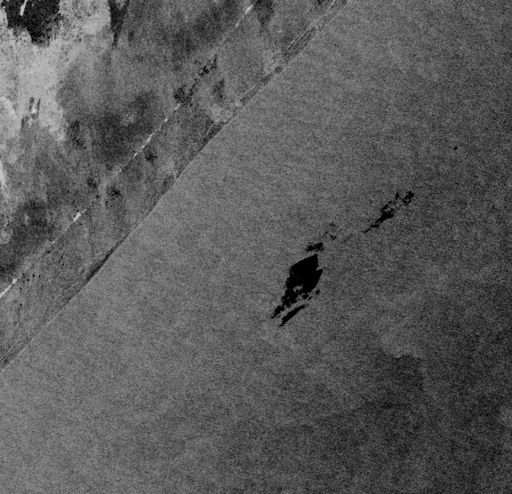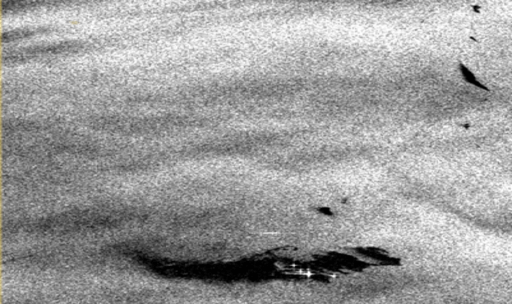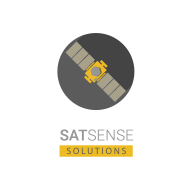Oil Spill and Seep
Global estimates of oil slicks in the ocean suggest that around half are due to man-made causes (oil spills) while the other half are due to natural causes (oil seeps). The ability to differentiate between oil spills & oil seeps brings with it immense environmental benefits & economic opportunity. The detection of oil spills can help restrict marine pollution while that of oil seeps can provide Oil & Gas Exploration companies with valuable information about active petroleum systems under the seabed.

The key features of this service are as follows:
- Identifying dark formations and distinguishing oil slicks from look-alikes
- Assessing oceanic and meteorological information (wind, temperature, wave)
- Computing statistical features of the oil slick
- Determining oil slick extent, such as area, perimeter, latitude and longitude
- Evaluating contextual data for ships, such as AIS and bright-spot indicators
- Evaluating contextual data of slick location, such as frequency, distance from shore and water column depth.
How are the services provided?
- The classification of oil spills and oil seeps is based on quantitative and qualitative data analysis.
- The results are provided in a report with tabulated data. Geo-referenced data can also be provided in the form of GeoTIFFs or KMZ files or as per requirement.
Satsense Solutions Oil Spill and Oil Seep Detection Services provide a highly effective solution for preventing marine pollution and also providing valuable information for Oil & Gas exploration:
- Limit further marine destruction
- Forecast spread of the spill and determine extent of damage
- Assist in cleanup activities
- Find potential causes and prevent future oil spills
- Indicate location of active petroleum systems under the seabed
- Select offshore blocks for Oil & Gas exploration

Satsense Solutions Oil Spill & Seep services can be used by a variety of businesses and governmental agencies such as:
- Coast guards to aid in clean-up activities and predict the direction of the oil slick spread
- Port authorities to monitor illegal spillage from ships and platforms
- Environmental Protection Agencies to determine the cause of oil spill
- Insurance companies to determine the extent of damage caused by oil spill
- Oil & Gas exploration companies to monitor oil seeps and locate offshore oil reserves

